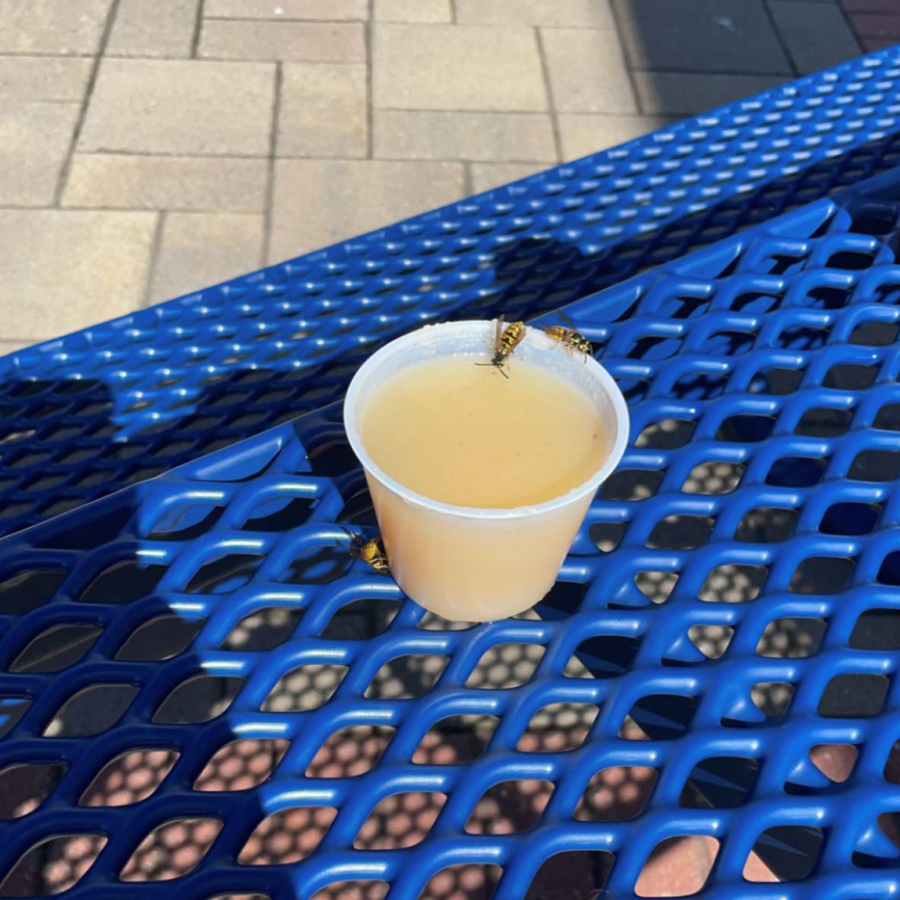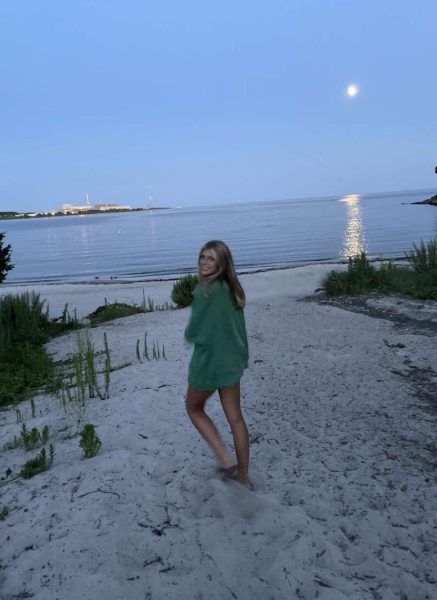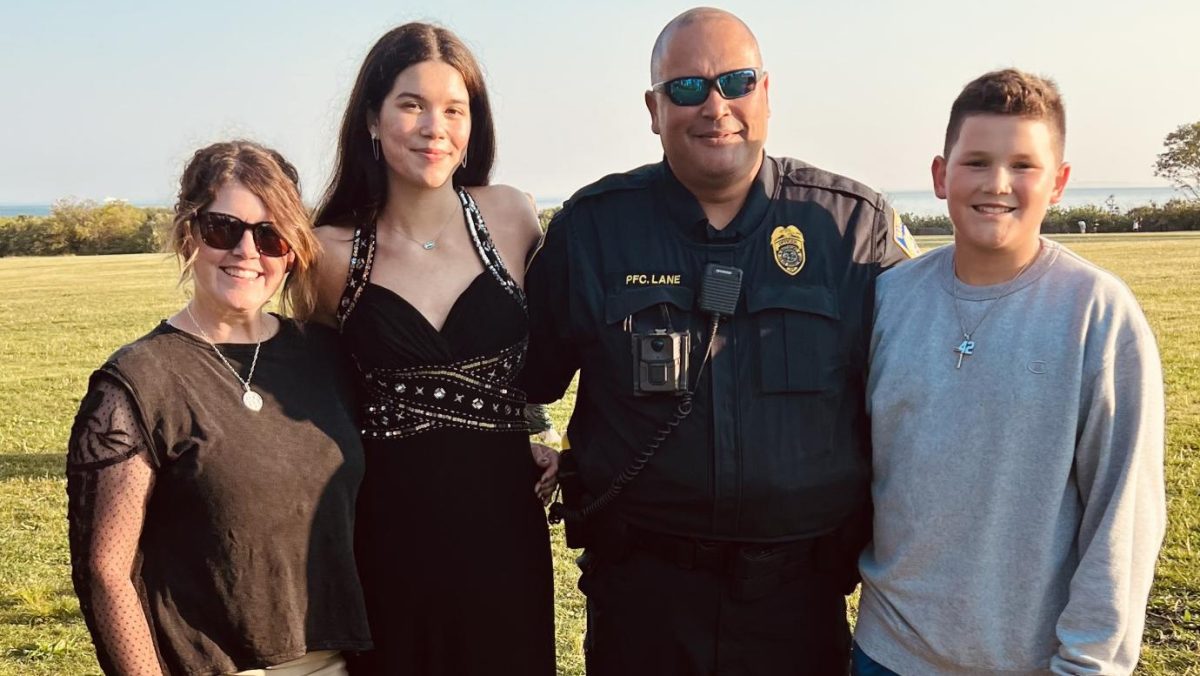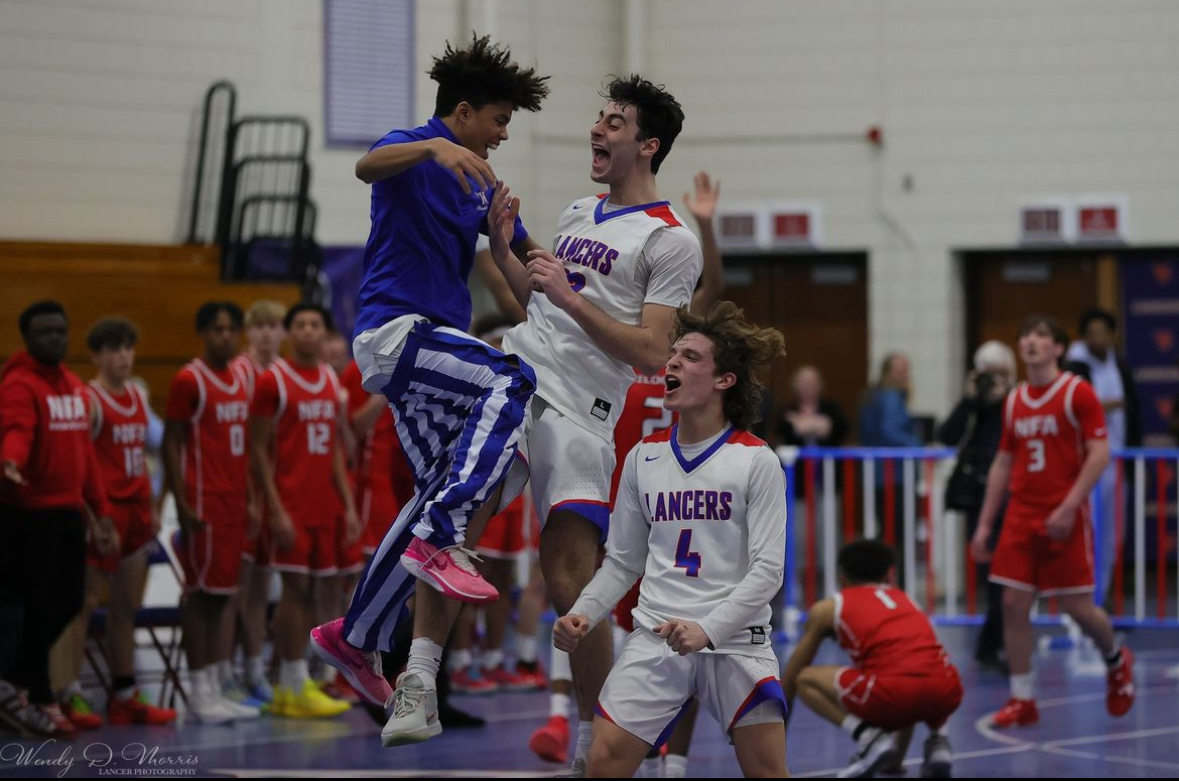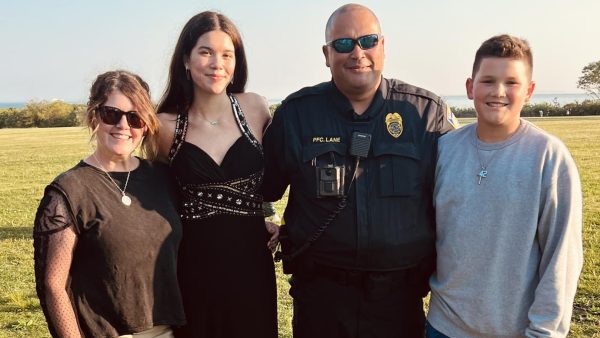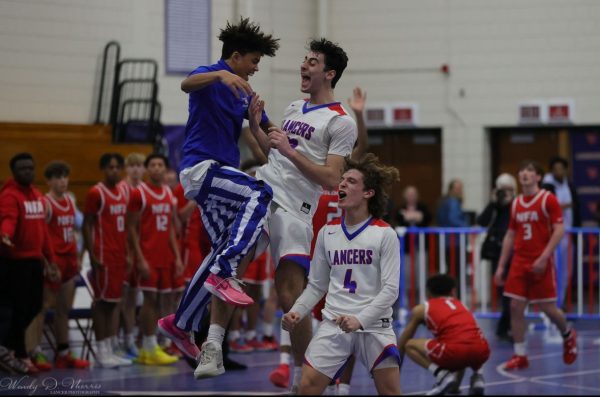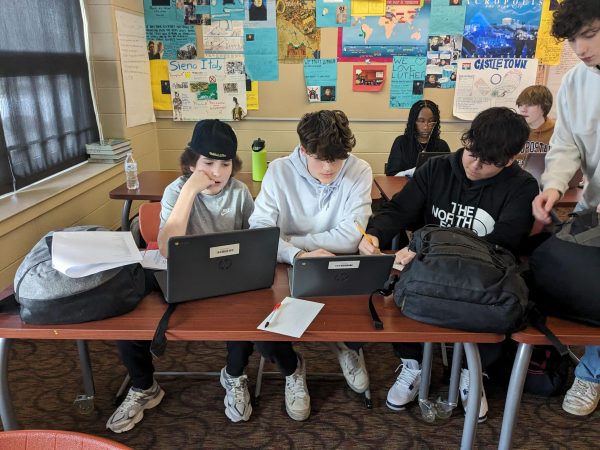An Epidemic in a Pandemic
October 22, 2021
The first few months of school are distinguished by new teachers, a new schedule, and possibly new friends. At Waterford High, however, the return to school also entails the plight of frequent bee encounters.
During fall, many students choose to eat outside. Lunch is designed to be a relaxing part of a student’s day, where they can focus on socialization rather than the arduous pressures of school. Bees, however, have established themselves as a prominent concern, making it hard for students to enjoy their short break between classes. Amelia Allen, junior, claimed, “I don’t like when the bees get in my food . . . it’s very annoying.” The bees create an intimidating environment that discourages many students from sitting outside.
Bees not only swarm lunch tables, but are also relentless against students’ attempts to keep them away. Colleen Corman, junior, stated, “I’ve swatted at the bees and have even hit a few, but it has had no real effect.” Because of the bees’ unabating tendencies, the outdoor tables are often abandoned during lunchtime.
Some students, however, refuse to let the bees interrupt their enjoyment of the nice fall weather. Determined to eat outside, they have come up with innovative ways to keep the vexing bees away from their food. Allen said, “One time I put an apple on another table. The apple attracted many bees, which kept them away from us for a while.” Briana Smith, junior, has tried a method similar to Allen’s. She said,“I took the sweet and sour packet that I didn’t want, and put it on another table. Most of the bees flew to the sauce, so it was a win-win situation.” As of now, putting extra food in an open space might be the best way to keep bees away from your lunch table.
For an unfortunate few, the bees pose a bigger threat than just discomfort and annoyance. While Smith was eating lunch, a bee landed on her lip and stung her. She described her encounter with the bee as “very scary — I had to go to the nurse.” The bees are not only aggravating, but are also very vicious.
Once the bees were no longer satisfied with their options outside, they made their way strategically into the makeshift lunchroom in the field house lobby. Liz, one of the security staff at WHS, would have to swat them out of the lunch room to keep students inside safe from the bees. If that didn’t work, many students would trap them in the maple syrup containers or other packaging and attempt to release them back outside.
AP Environmental Science teacher Tessa Castleberry says that in spite of what students are seeing, the honey bee population is rapidly declining: “Any bee increase in local areas such as a Waterford in general or the picnic tables outside the cafeteria in particular can be due to local factors and not represent what is going on in the larger world.” The University of Maryland found that between 2018 and 2019, the US lost 40.7% of its honey bee colonies. She points out that in the case of the picnic tables, bees are attracted to the food that is being eaten and left behind around the tables. They are smart and know when and where the food is available and will therefore “flock” to that area. So it appears to someone sitting at the tables that there are more bees this year, but scientists would call this anecdotal evidence.”
In spite of the national decline, bees have become a prominent determinant in students’ decision to eat outside or inside. Many students, including those who are allergic or anaphylactic to bee stings, now have limited options in choosing where to eat at Waterford High School.
Some students have suggested planting a garden near the lunch tables to ensure a sustainable tolerance between the bees and the students. For now, however, putting food on an open table seems to be the best tactic to keep the bees away.


